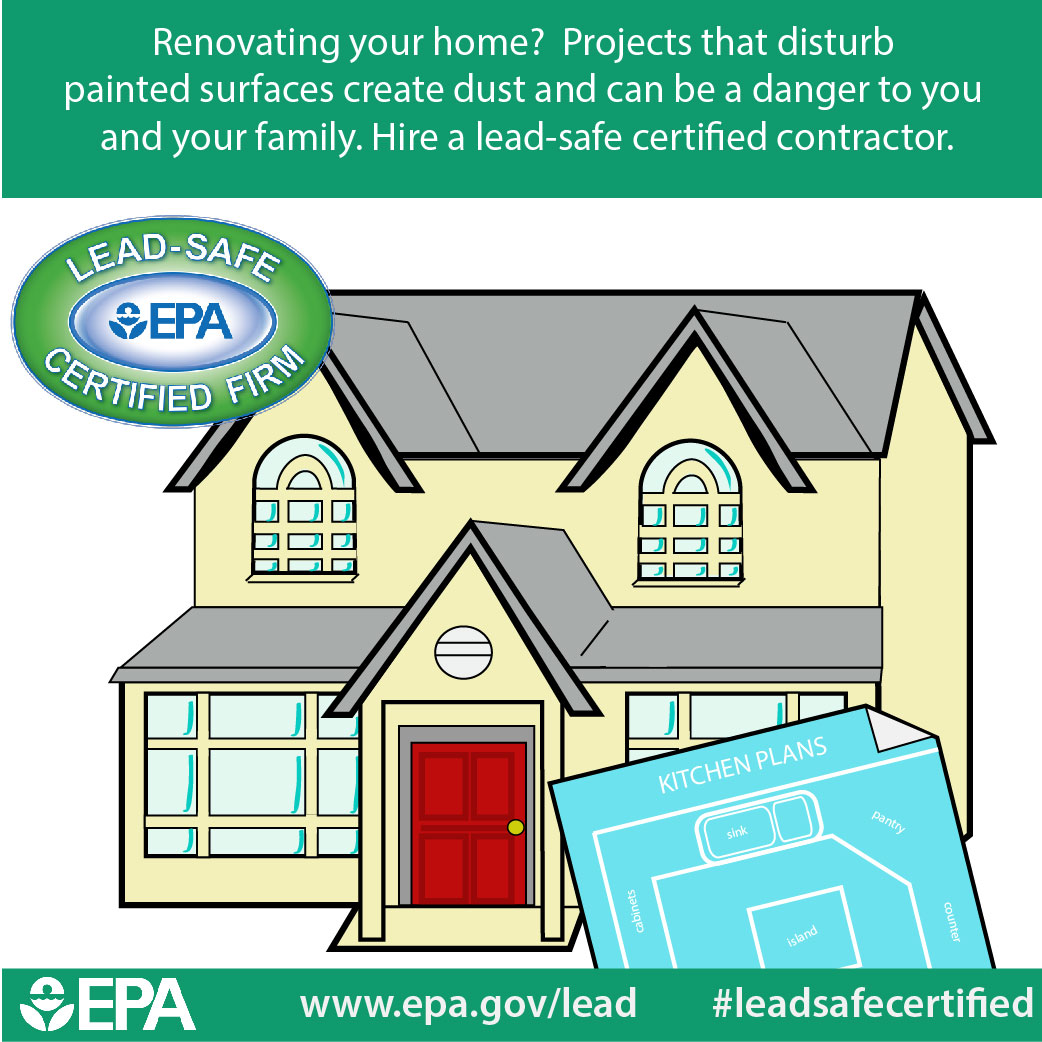What Duty Do Proper Shades Play In Boosting Your Brand Name'S Attractiveness In Industrial External Paint? Check Out The Key Elements That Affect Your Decisions
What Duty Do Proper Shades Play In Boosting Your Brand Name'S Attractiveness In Industrial External Paint? Check Out The Key Elements That Affect Your Decisions
Blog Article
Article By-Mendoza Post
When it pertains to industrial exterior paint, the shades you pick can make or damage your brand name's appeal. Recognizing exactly how different colors influence assumption is key to bring in customers and developing depend on. Yet it's not almost individual choice; local fads and laws play a substantial duty also. So, how do you locate the perfect balance between your vision and what reverberates with the neighborhood? Allow's check out the necessary variables that lead your shade options.
Comprehending Shade Psychology and Its Impact on Business
When you pick shades for your company's outside, recognizing color psychology can dramatically affect just how potential consumers perceive your brand name.
Colors evoke feelings and set the tone for your business. As an example, blue commonly communicates trust and professionalism, making it suitable for banks. Red can develop a sense of necessity, perfect for dining establishments and inventory-clearance sale.
At the same time, green symbolizes growth and sustainability, appealing to eco-conscious consumers. Yellow grabs attention and sparks optimism, yet too much can bewilder.
Consider your target audience and the message you wish to send. By choosing the ideal colors, you not just improve your curb allure yet additionally align your picture with your brand name values, ultimately driving client involvement and loyalty.
Analyzing Local Trends and Rules
How can you ensure your exterior paint selections resonate with the community? Start by investigating regional patterns. Visit neighboring companies and observe their color design.
Keep in mind of what's popular and what feels out of place. This'll assist you align your options with neighborhood looks.
Next off, inspect local guidelines. professional concrete painters of communities have standards on outside shades, specifically in historic areas. commercial painting don't want to hang around and cash on a combination that isn't certified.
Engage with neighborhood company owner or area teams to collect understandings. They can provide beneficial comments on what colors are favored.
Tips for Harmonizing With the Surrounding Environment
To produce a natural look that mixes flawlessly with your environments, think about the natural environment and architectural designs close by. Begin by observing the shades of neighboring buildings and landscapes. Earthy tones like greens, browns, and soft grays frequently function well in natural settings.
If your residential or commercial property is near vibrant urban areas, you may select bolder hues that mirror the neighborhood power.
Next off, think of the architectural style of your structure. Typical styles might gain from traditional shades, while modern designs can welcome modern combinations.
Examine your shade selections with samples on the wall to see just how they engage with the light and setting.
Lastly, remember any type of regional guidelines or neighborhood appearances to ensure your option improves, as opposed to encounter, the environments.
Verdict
Finally, choosing the appropriate colors for your commercial outside isn't just about aesthetic appeals; it's a calculated decision that impacts your brand's assumption. By taking advantage of shade psychology, thinking about regional patterns, and ensuring consistency with your surroundings, you'll produce an inviting environment that brings in consumers. Do not fail to remember to evaluate samples before devoting! With the right method, you can elevate your company's aesthetic charm and foster long-term consumer engagement and loyalty.
